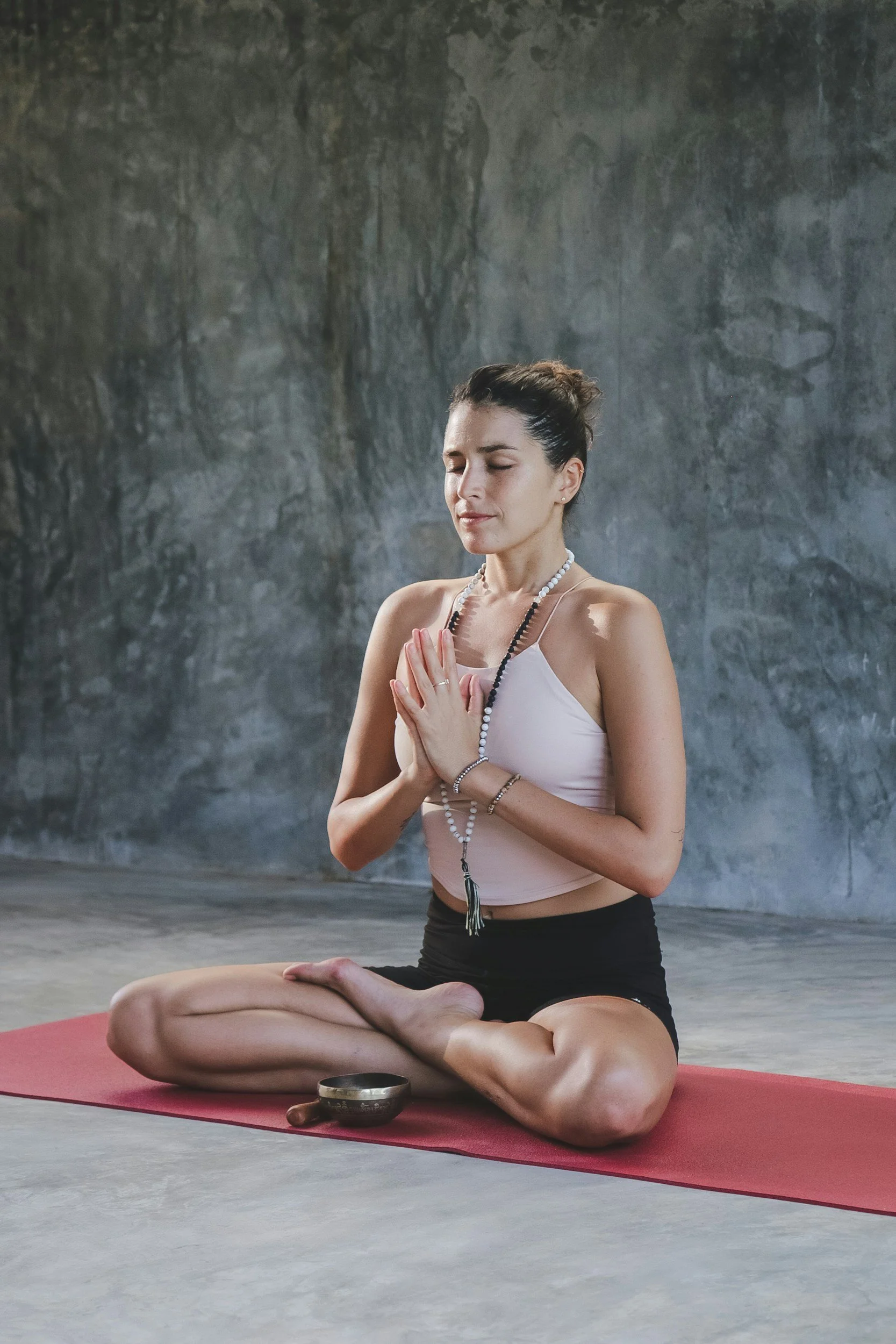4 Practical Grounding Tips for Managing a Vestibular Disorder
Living with a vestibular disorder can be disorienting, making it difficult to maintain balance, focus, and clarity throughout the day. From feelings of dizziness and rocking sensations to brain fog, these symptoms can disrupt daily life and performance. Grounding techniques are simple yet effective strategies to help manage the physical and mental effects of vestibular dysfunction. At Rebalance Physical Therapy, we incorporate these methods into our vestibular rehabilitation programs to provide relief and improve your overall balance and coordination. Here are four practical tips for grounding with a vestibular disorder. Helpful tools linked below!!
1. Use Your Sense of Touch
One of the most immediate ways to ground yourself is by engaging your sense of touch. Vestibular disorders can make you feel disconnected from your environment, so physically interacting with solid surfaces can help you regain a sense of stability. Try these simple touch-based grounding techniques:
Plant Your Feet Firmly on the Ground
If you’re feeling unsteady or dizzy, sitting or standing with your feet firmly planted can help your body reconnect with its sense of balance. Focus on the feeling of the floor beneath your feet, and imagine the weight of your body stabilizing against the surface.Grip a Solid Object
Holding onto something stable, like a chair or countertop, can provide an immediate sense of security. This tactile feedback can help your brain recalibrate, reducing feelings of vertigo or imbalance. In our vestibular therapy sessions, we encourage patients to use touch as a reliable grounding tool during exercises and daily routines.
2. Focus on a Stationary Visual Point
Your vestibular system works closely with your visual system to maintain balance and orientation. When your vestibular system is off, focusing on a stationary object can help stabilize your visual field and decrease dizziness. Here’s how you can use visual grounding:
Find a Stable Object to Focus On
When you’re feeling disoriented, find something in your environment that isn’t moving—a piece of furniture, a tree, or a wall—and concentrate on it. Fixing your gaze on a stable point helps reduce the sensory overload that your vestibular system might be experiencing.Gaze Stabilization Exercises
At Rebalance Physical Therapy, we use gaze stabilization exercises to improve your visual-vestibular coordination. These exercises help retrain your brain to better handle movement, especially when rapid head turns or positional changes trigger dizziness.
3. Breathe Deeply and Slowly
When experiencing vestibular symptoms, such as dizziness or anxiety related to imbalance, your breathing might become shallow or erratic. Slow, deep breaths can help ground you by promoting relaxation and reducing the body's stress response. Here's how to incorporate grounding breathwork:
Practice Diaphragmatic Breathing
Sit or stand comfortably and take slow, deep breaths through your nose, allowing your diaphragm (rather than your chest) to expand. Breathe out through your mouth, focusing on extending the exhale. This helps activate the parasympathetic nervous system, promoting calmness and mental clarity.
Pair Breathing with Grounding Techniques
Combining deep breathing with one of the other grounding methods, like placing your feet on the ground or holding onto a stable object, can amplify the calming effects. In vestibular rehabilitation, we teach patients to use breath control during exercises to stay grounded and focused.
4. Engage in Proprioceptive Exercises
Proprioception refers to your body's ability to sense its position in space. Vestibular dysfunction often disrupts proprioception, making it harder to balance or feel grounded. By engaging in exercises that enhance body awareness, you can retrain your vestibular system and restore balance. These exercises are a core part of our vestibular rehabilitation programs at Rebalance Physical Therapy:
Simple Weight Shifting
Stand with your feet shoulder-width apart and slowly shift your weight from one foot to the other. Focus on how your body feels as the pressure moves through each foot. This exercise helps you regain awareness of your body’s alignment and balance.Balance and Stability Exercises
We often recommend balance exercises that involve standing on one leg or using balance boards to challenge and improve your proprioception. These exercises help retrain your body’s sensory systems to work in harmony, improving overall balance and reducing vestibular symptoms.
Additional Tools to Help with Grounding
If you're looking for more ways to manage your vestibular disorder symptoms, consider incorporating specialized tools that can enhance your grounding experience. We’ve compiled a list of helpful items that provide sensory feedback and promote stability. You can find these and other recommendations on our Amazon Storefront.
Weighted Blanket: https://amzn.to/3YaKYL1
Helps provide deep pressure stimulation, which can calm the nervous system and make you feel more grounded during moments of imbalance.Airex Balance Pad: https://amzn.to/3BK5jiB
Great for proprioceptive exercises, this foam pad helps challenge your balance and improve your body’s awareness in space.Weighted Eye Mask: https://amzn.to/48aQvph
Ideal for relaxation and grounding, a weighted eye mask offers gentle pressure around your eyes, promoting a sense of calm and reducing dizziness.Weighted Vest: https://amzn.to/3Uaf2Fb
Wearing a weighted vest can provide consistent, calming pressure to your body, helping you feel more grounded and in control of your balance throughout the day.Balance Board: https://amzn.to/4012Avp
A fantastic tool for improving balance and proprioception, the balance board is often used in vestibular rehabilitation to help retrain your body’s stability and spatial awareness.
Explore these products on our storefront to enhance your grounding routine and support your vestibular health!
Conclusion: Taking Control of Your Balance
Living with a vestibular disorder can be challenging, but practical grounding techniques offer simple and effective ways to manage your symptoms. At Rebalance Physical Therapy, we incorporate these grounding methods into our personalized vestibular rehabilitation programs to help you regain control of your balance, reduce dizziness, and improve your quality of life. Whether you’re looking for exercises to incorporate into your daily routine or a comprehensive rehabilitation program, we’re here to help you feel more grounded and steady.


